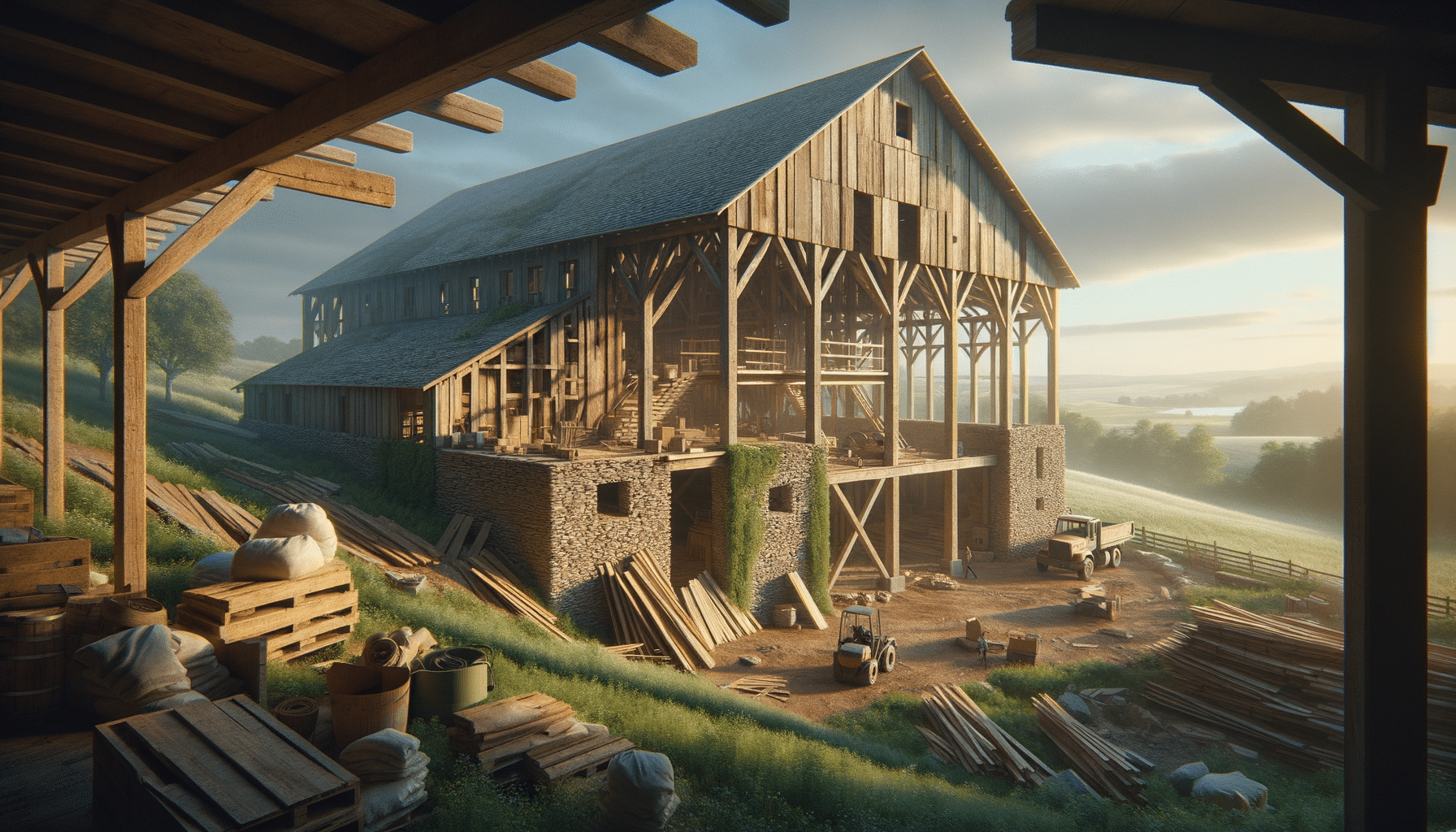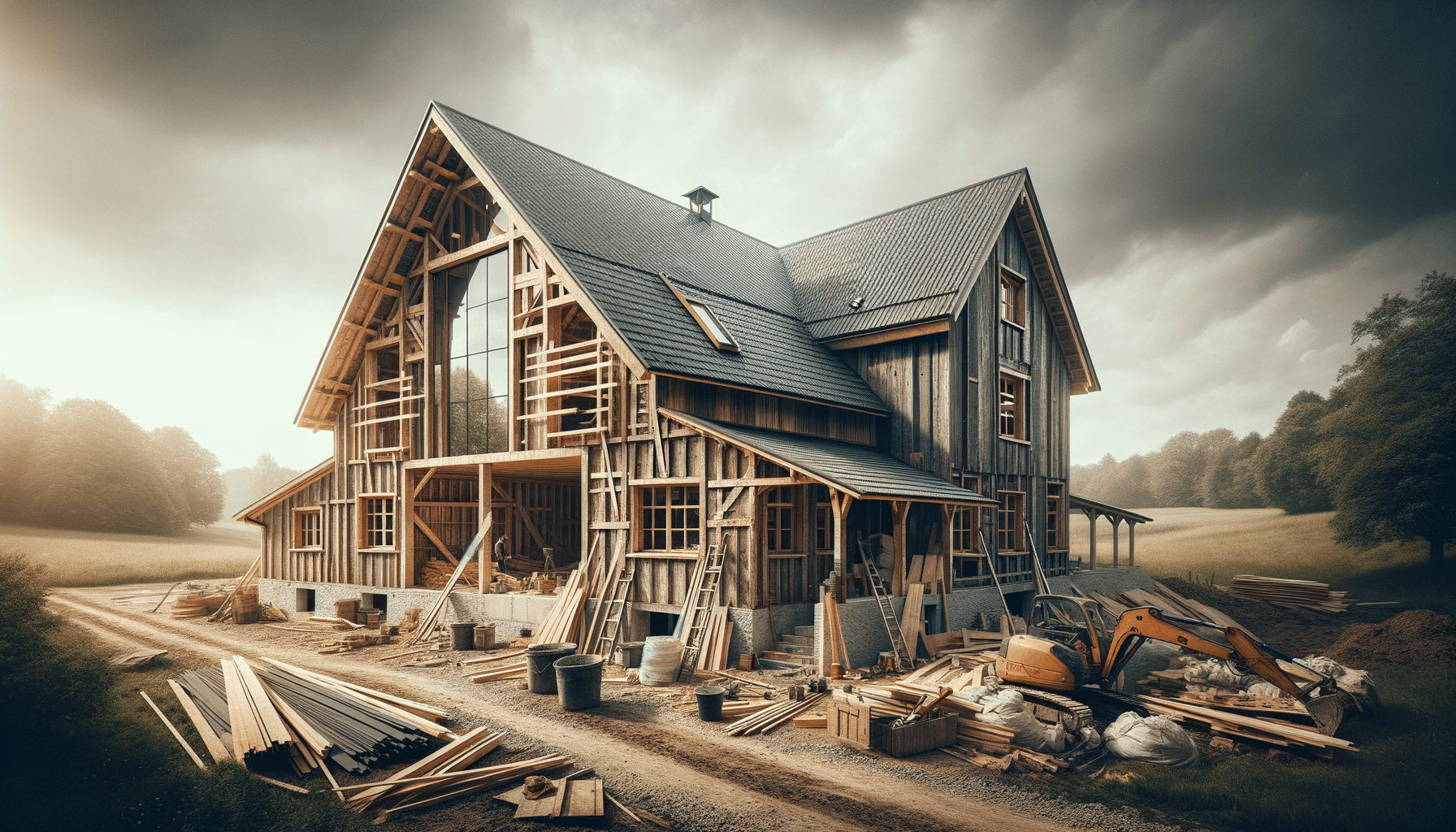
Transforming Barns into Homes: A Comprehensive Guide to Selecting Contractors
Introduction to Barn-to-Home Conversions
Barn to home conversions are gaining popularity as they offer a unique blend of rustic charm and modern living. These projects not only preserve historical structures but also provide a distinctive living experience that is both sustainable and aesthetically pleasing. As more people seek to escape the hustle of urban life, converting barns into homes presents an attractive option. This trend has led to an increased demand for specialized contractors who can effectively manage these intricate projects.
Understanding the Barn Conversion Process
The process of converting a barn into a home involves several stages, each requiring careful planning and execution. Initially, a thorough assessment of the barn’s structure is necessary to determine its suitability for conversion. This includes evaluating the foundation, roof, walls, and any existing utilities. Once the barn is deemed structurally sound, the design phase begins, which involves designing the layout and ensuring compliance with local building codes.
Key considerations during the design phase include:
- Preserving original features such as beams and stonework to maintain the barn’s character.
- Incorporating modern amenities while respecting the existing architectural elements.
- Ensuring energy efficiency through insulation and sustainable materials.
Once the design is finalized, the construction phase commences. This stage involves structural modifications, installation of utilities, and finishing touches that transform the barn into a comfortable living space. Hiring experienced contractors who specialize in barn conversions is crucial to ensure the project is completed successfully.
Selecting the Right Contractor
Choosing the right contractor is a critical step in the barn-to-home conversion process. A contractor with experience in this niche will be familiar with the unique challenges and requirements involved. Here are some factors to consider when selecting a contractor:
- Experience: Look for contractors with a proven track record in barn conversions.
- Portfolio: Review previous projects to assess their quality and style.
- References: Speak with past clients to gauge satisfaction and reliability.
- Licensing and Insurance: Ensure the contractor is properly licensed and insured.
- Communication: Choose someone who communicates clearly and listens to your needs.
By thoroughly vetting potential contractors, you can increase the likelihood of a smooth and successful conversion project.
Budgeting and Financial Considerations
Budgeting for a barn-to-home conversion can be complex due to the unique nature of these projects. Costs can vary significantly based on factors such as the barn’s condition, location, and the desired level of luxury. It is essential to establish a realistic budget early on and account for potential unforeseen expenses.
Key financial considerations include:
- Initial Assessment Costs: Structural assessments and surveys can add to initial expenses.
- Design and Planning Fees: Hiring architects and designers incurs additional costs.
- Construction and Material Costs: Prices can fluctuate, impacting the overall budget.
- Contingency Fund: Set aside funds for unexpected challenges or changes in scope.
Working closely with your contractor and financial advisor can help in managing costs effectively and ensuring the project stays within budget.
Conclusion: Embracing the Charm of Barn Living
Converting a barn into a home offers a unique opportunity to blend history with modernity, creating a living space that is truly one-of-a-kind. By selecting the right contractor and carefully planning each stage of the conversion, homeowners can enjoy a dwelling that reflects their personal style and respects the barn’s original character. With thoughtful budgeting and a clear vision, a barn-to-home conversion can be a rewarding investment, providing a charming and comfortable retreat from the fast-paced world.


